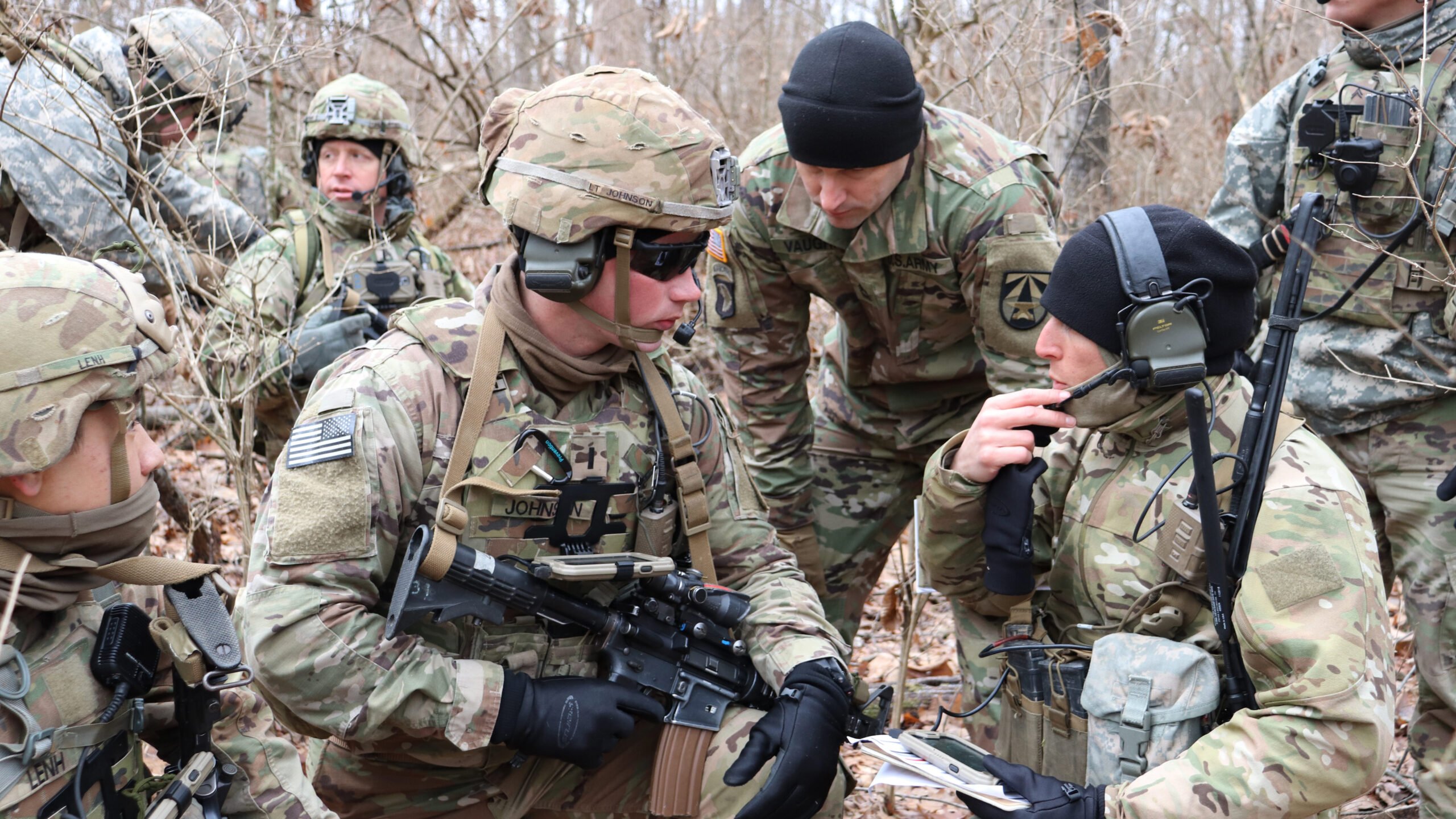
The 1st Battalion, 508th Parachute Infantry Regiment try out an early version of the Army’s Integrated Tactical Network (ITN) in wargames. Source: U.S. Army photo by Justin Eimers, PEO C3T Public Affairs
PHILADELPHIA — In a move to further its digital transformation strategy, the Army at the start of the next fiscal year will formally realign three of its program executive offices to support its cyber operations and better pursue its unified network vision, and more offices could follow in the future.
Though the PEOs had been organized the way they were “for a reason,” Young Bang, principal deputy assistant secretary of the Army for acquisition, logistics & technology (ASA(ALT)) said at an industry technical exchange meeting, but now the Army is modernizing and needs to rethink its organizational stance.
“And we had a lot of discussions across the ASA(ALT) community and the PEOs and we talked about those types of things,” Bang said on Wednesday. “So this notion of PEO optimization, this may be the first of maybe more changes to come. But what we’re looking at is, ‘How do we really accelerate the modernization of the network?'”
The discussions were prompted by the complexity of the current set-up, in which different components of the Army’s network were in different organizations.
So starting Oct. 1, several organizations will be split between the program executive offices of intelligence, electronic warfare and sensors (PEO IEW&S), command, control communications-tactical (PEO C3T) and enterprise information systems (PEO EIS).
PEO IEW&S will take over all cyber operations from the three PEOs, and all network elements — both tactical and enterprise — will move under PEO C3T. Ross Guckert, who runs the PEO EIS portfolio, emphasized that the reorganization will not affect contracts or jobs.
Mark Kitz, who runs PEO IEW&S, said the reorganization aligns with how Congress wants the military to move forward with its cyber operations.
“However, I do want to highlight that in the last two [National Defense Authorization Acts], with Cyber Command there has been a focus on integrating the Joint Cyber Warfighting architecture and establishing that Cyber Command acquisition authority around the integration of cyber and functional components,” he said. “And as many of you know, the Army is a significant contributor on the offensive side to that Joint Cyber Warfighting architecture.”
Speaking with reporters today, Bang said more reorganizations could follow.
“There’s always been… things that were in different areas,” he said. “For example, like [unmanned aerial vehicles], we kind of have them kind of a little bit all over. And so we have pockets of some of those in [PEO] aviation…in [PEO] soldier.
“So I do think that we need to get a little bit better… I do think UAVs, for example, we probably need to have some more deliberate thought and planning around that,” he continued. “And that may necessitate some shifts of other things… But what we want to do is figure out what makes the most sense for what we’re trying to do now and then be flexible and look at that.”






















